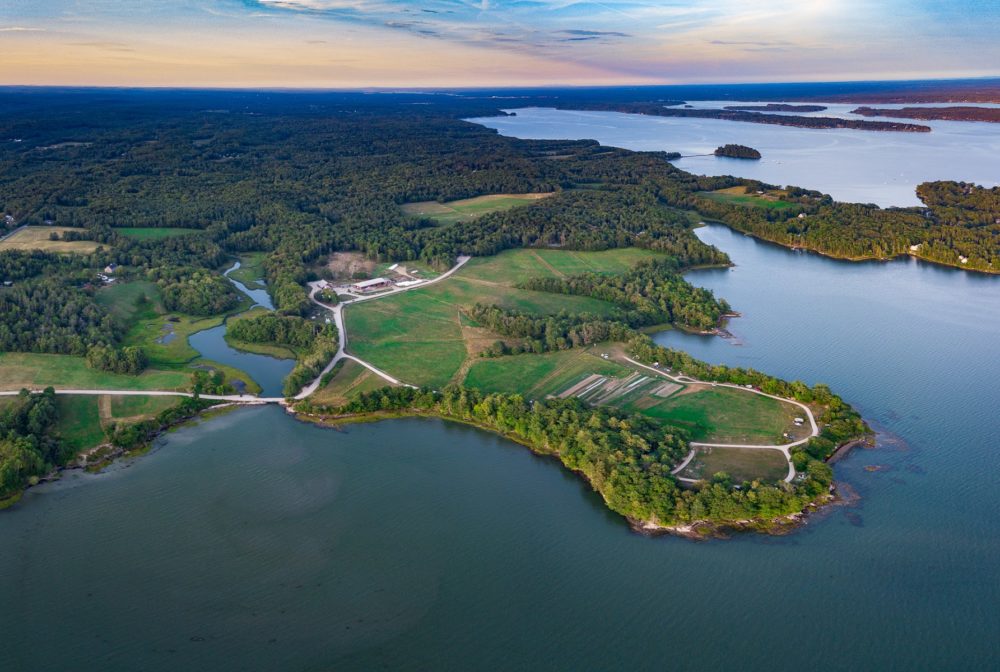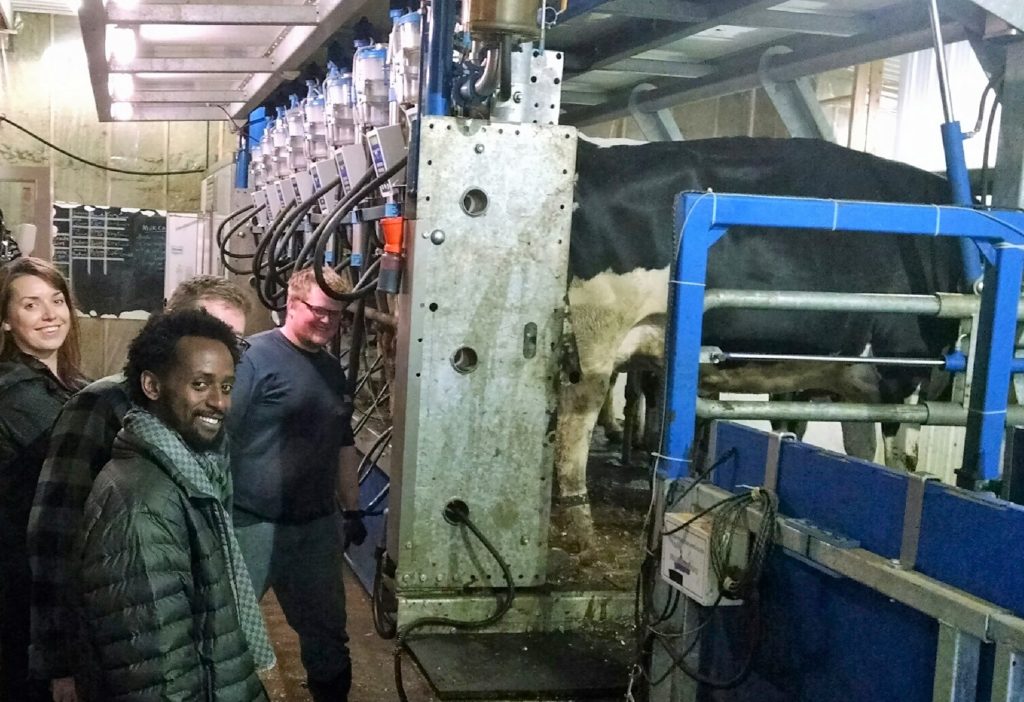
On the coast of Maine in the United States, the Wolfe’s Neck Center for Agriculture and the Environment is a hub of local food, global scientific research, training of future regenerative business leaders, and hands-on learning for the public. With a 60-year history on 626 acres, Wolfe’s Neck weaves together all these nourishment-cycle connections in both science and economics.
Executive Director Dave Herring emphasizes that “Wolfe’s Neck is a single beautiful place – and we use the power of that place to bring diverse but related ideas and people together in strategic ways.”
In doing so, Wolfe’s Neck is succeeding as an engine for spreading biological and economic nourishment cycles. Even amid the COVID-19 pandemic, Herring says that while long-term planning has become more challenging, core operations in farming, science, and local food production continue to flourish.

Wolfe’s Neck’s agricultural research, for example, generates food for local communities while studying use of seaweed as cattle feed for producing nutritious milk and reducing greenhouse gas emissions at the same time. Wolfe’s Neck also collects and shares data for the OpenTeam technology collaborative (alongside global universities, corporations, and others) on soil health related to different farming practices, sharing this data and learning with farmers globally.
These programs also provide a 2-year apprenticeship for next-generation dairy managers, and sell around 116,000 gallons of milk per year to Stonyfield Organic for yogurt production in the region. For example, former Wolfe’s Neck apprentices now work on scaling up operations at the Milkhouse organic dairy products company, and at Casella Organics focusing on naturally produced nutrient inputs for farm fields. Interestingly, during COVID-19 Wolfe’s Necks’ milk business has seen an increase in demand because it is not subject to supply chain complications that have plagued some others in the commercial milk industry.
In parallel, Wolfe’s Neck grows and sells approximately $100,000 per year of nutritious foods in local communities; students, summer camps for children, and the general public come to learn about regenerative farming and nutritional impact; and visitors come to camp, shop, and enjoy the views and farming life. In this case, COVID-19 did reduce on-site visitation in the summer of 2020, although food sales in the wider community were unaffected.

In our work at Nourishn, we’ve heard interest in Wolfe’s Neck’s research and farming activities in the East African country of Malawi, in California technology initiatives looking at nutritional relationships between soils and foods and people, and at small farmer conferences in Massachusetts. Wolfe’s Neck illustrates both the power of nutrient-nutrition-nourishment cycles for integrating science and economics, and the power of a single place for bringing these insights into focus for people across diverse sectors.
Photo Credits: Wolfe’s Neck Center
